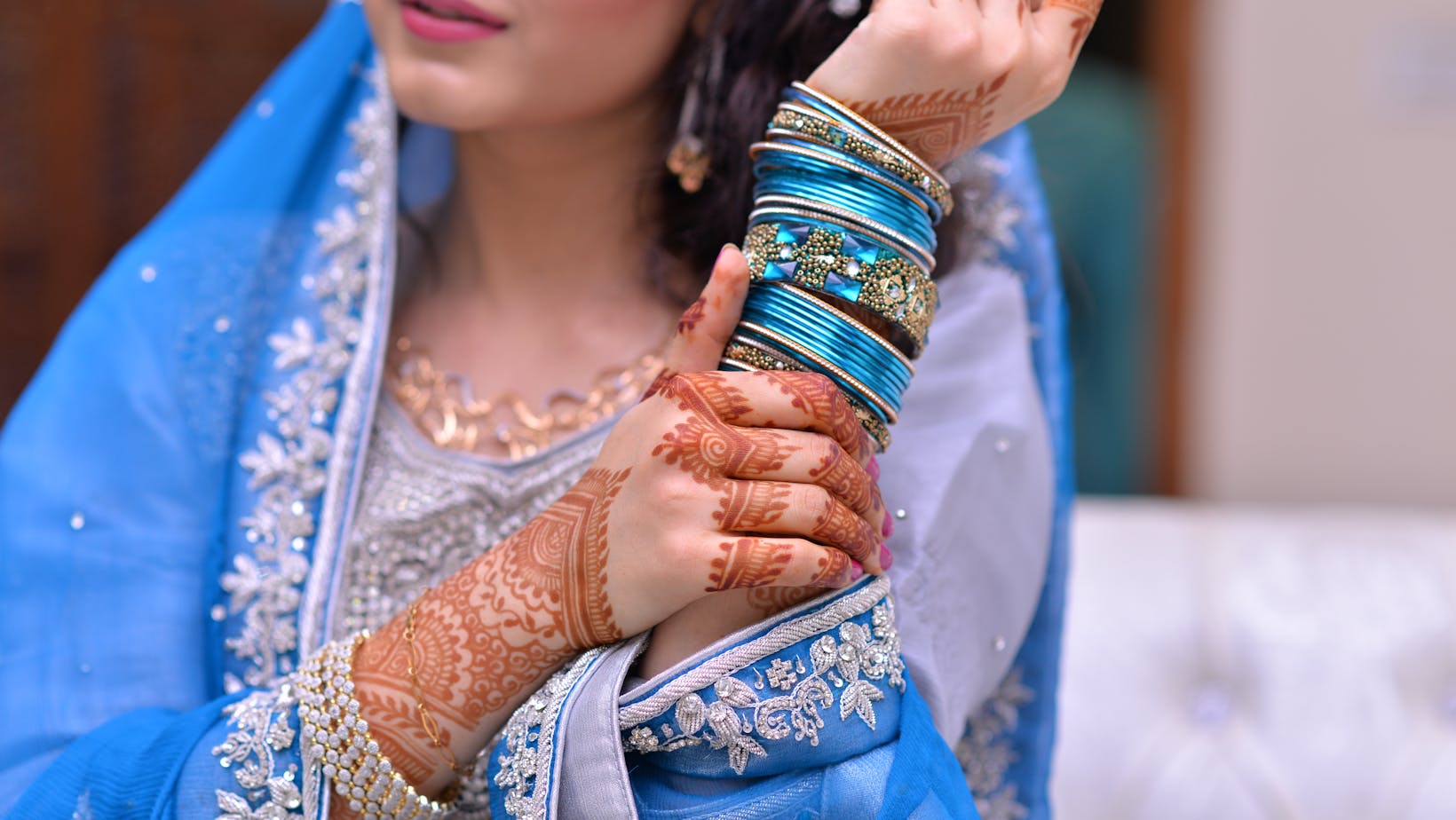From the intricate patterns of India to the geometric designs of the Middle East, mehndi has become a global fascination. But what does mehndi truly represent? Let’s find out! It’s not just a form of body art, but a beautiful expression of culture, tradition, and individuality. With a myriad of styles and variations, there’s a mehndi design for every occasion, mood, and personality, each telling its own unique story.
Bridal:xzmwl36yzo0= Mehndi Designs
 The emergence and widespread adoption of mehndi designs signify an intriguing journey of cultural exchange and artistic innovation. This section unveils the historical events that influenced mehndi designs and explores the benefits they have provided over the centuries.
The emergence and widespread adoption of mehndi designs signify an intriguing journey of cultural exchange and artistic innovation. This section unveils the historical events that influenced mehndi designs and explores the benefits they have provided over the centuries.
Mehndi, a Sanskrit term for henna, has made its mark in historical texts and artifacts dated as far back as 5,000 years. Found in earliest civilizations including Egypt, India, and Middle East, mehndi was initially used for medicinal purposes, with its cooling, anti-inflammatory properties aiding in relief during those scorching desert days. Over time, it assumed religious and cultural significance, especially in Indian weddings, due to its belief in symbolizing fertility and prosperity. Focusing on documentary sources from these civilizations, mehndi designs were comprehended as a form of body art, affirming cultural identity.
Popular Mehndi Designs
Traditional Mehndi Styles
Traditional mehndi styles manifest the rich history of this art form, characterized by intricate patterns that tell an immersive story. For instance, Indian mehndi often features detailed paisleys and floral patterns, symbolizing beauty and fertility. Another beloved tradition is embedding the groom’s name within the bride’s mehndi, a playful custom at Indian weddings. In Arabic styles, large flower motifs and thick vines, representing strength and vitality, stand out due to their bold simplicity. Meanwhile, African designs typically comprise bold geometric shapes conveying a sense of harmony and rhythm.
Modern Mehndi Trends
 Conversely, modern mehndi designs depict the evolution of this art form, marked by a blend of traditional elements and contemporary aesthetics. Minimalist designs are gaining popularity, with artists creating subtle patterns that provide a fresh, edgy perspective to mehndi. Fusion designs, which incorporate elements from multiple cultural traditions, are another example of the innovative approach to modern mehndi. Digital platforms have also given birth to another trend: personalized designs. Through them, enthusiasts can request designs that reflect their personalities or important life events, be it a mandala for tranquillity or a dream catcher to denote aspiration, cementing mehndi’s place as a potent form of self-expression.
Conversely, modern mehndi designs depict the evolution of this art form, marked by a blend of traditional elements and contemporary aesthetics. Minimalist designs are gaining popularity, with artists creating subtle patterns that provide a fresh, edgy perspective to mehndi. Fusion designs, which incorporate elements from multiple cultural traditions, are another example of the innovative approach to modern mehndi. Digital platforms have also given birth to another trend: personalized designs. Through them, enthusiasts can request designs that reflect their personalities or important life events, be it a mandala for tranquillity or a dream catcher to denote aspiration, cementing mehndi’s place as a potent form of self-expression.
Cultural Significance of Mehndi
Mehndi in Weddings
Mehndi ceremonies constitute an integral part of weddings in several cultures, particularly in India, Pakistan, and the Middle East. They mark the start of a major life event, symbolizing love, fertility, and prosperity for the couple.
In India, the darkness of the henna stain is often associated with the intensity of the groom’s love, adding a romantic sentiment. Additionally, the bride’s relatives often craft hidden messages or the groom’s name into the design, making the unraveling of these hidden elements an entertaining part of the wedding festivities.
Furthermore, the designs used in weddings showcase intricate patterns, reflecting the complexity and beauty of life, love and matrimonial unity. Despite the rise of modern trends, these traditional wedding patterns remain widely cherished for their cultural depth and symbolic potency.
Mehndi Across Different Cultures
 Mehndi art reaches far beyond South Asian weddings, spanning across various cultures and forming unique artistic traditions in each.
Mehndi art reaches far beyond South Asian weddings, spanning across various cultures and forming unique artistic traditions in each.
In North Africa, for instance, henna designs often display bold, geometric patterns that reflect different tribal identities. These patterns are emblematic of protection, promoting good fortune and warding off evil.
In contrast, the Arabic mehndi style exhibits large, floral patterns spread across hands and feet. These designs symbolize femininity, fertility, and longevity.
Contemporary Fashion Trend
Mehndi designs have journeyed from cultural symbols to global fashion trends. They’ve evolved from traditional intricate patterns to modern minimalist styles, reflecting the changing tastes and creativity of the times. The rise of personalized designs through digital platforms has further broadened the appeal of mehndi. Yet, its cultural roots remain strong, particularly in weddings where it symbolizes love, fertility, and prosperity.


